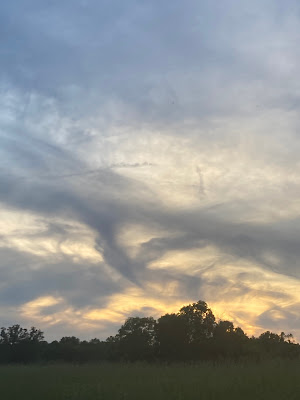“You’re good,” I said to Tim Stafford, passing him at the bar at the Green Mill on my way out after two hours of listening to poetry the last Sunday in November.
I didn’t have to say that. But I’m a nice guy — shhh, my little secret — and Stafford was indeed good, the standout of the first Uptown Poetry Slam in 18 months. He recited his “The Patron Saint of Making Curfew,” a funny travelogue about being young and racing back from the delights of the city to his unnamed, uncool suburb.Some readers might not know about the Slam. Marc Kelly Smith began the competition in 1984, and the shortest way to describe it is as performative poetry. Not poetry as you might remember from school, read in a plummy voice from a lectern, but verse delivered free form, with bonus points for anger and spittle.
To me, the Slam is an essential Chicago event, like a Cubs game, with a $7 cover, a jazz combo noodling on stage and Smith your sometimes genial septuagenerian host, the crusty master of ceremonies at a nightclub in hell. The next Slam is Jan. 16; Stafford will be the featured poet.
My compliment to Stafford resulted in a copy of “The Patron Saint of Making Curfew,” his newly published collected works, showing up in the mail. No kindness goes unpunished. I immediately decided, before opening the pink and lemon yellow cover, what my criterion for writing about it would be. I flipped the book over: $10. I’d write something only if it contains a thought worth 10 bucks. Otherwise, a shrugging toss into the deep, chill waters of Lake Oblivion.
Because most poetry is crap. Truly. I say that as lover of poetry, a subscriber to Poetry Magazine. Forgettable, overwrought, bland. The poor editors of Poetry; what they must wade through.
That’s harsh. To be generous, most poetry is written for someone other than myself. Maybe I like Stafford merely because he’s like me. His “Like Oz,” is an ode to Chicago from a distance, “a mountain range of glass and steel/that I was neither encouraged nor discouraged to climb./It simply existed as an elaborate backdrop/to my childhood.”
To continue reading, click here.














